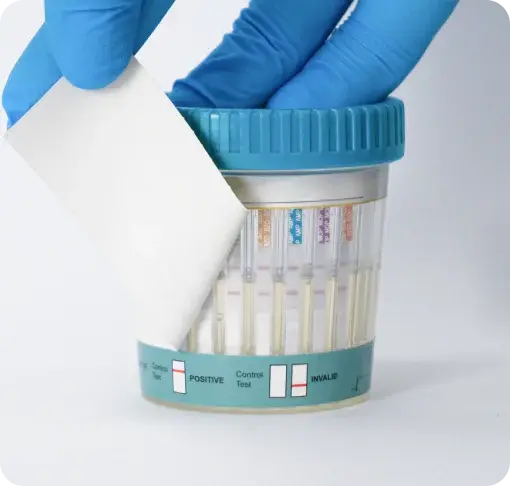What Is BBV and How Is It Done?
Bloodborne viruses (BBVs) are a group of viruses that are transmitted through contact with infected blood and other bodily fluids. The most common BBVs include Hepatitis B (HBV), Hepatitis C (HCV), and Human Immunodeficiency Virus (HIV). These viruses can cause serious health problems, including chronic infections, liver disease, and, in the case of HIV, AIDS. Given their potential to cause significant health issues, early detection through BBV testing is crucial for effective treatment and prevention.
What Is BBV Testing?
BBV testing is a medical process used to detect the presence of bloodborne viruses in an individual's body. The primary purpose of BBV testing is to identify infections at an early stage, enabling timely intervention that can significantly improve health outcomes and reduce the risk of transmission to others. Testing is especially important in high-risk populations, such as individuals with a history of intravenous drug use, people with multiple sexual partners, and those who may have received blood transfusions in countries where blood screening is not rigorous.
BBV testing is often offered in healthcare settings such as hospitals, clinics, and increasingly, within the criminal justice system. For example, in England, all prisons offer opt-out BBV testing to individuals upon entry, ensuring that those at risk are screened and provided with necessary care.
Types of Bloodborne Virus Testing
Several methods are used to test for BBVs, each tailored to detect specific viruses. Here are the primary means by which BBVs are tested:
1. Serology (Antibody Testing)
Serology is one of the most common methods for detecting BBVs. This type of testing looks for antibodies in the blood that are produced by the immune system in response to a virus. The presence of specific antibodies indicates that the person has been exposed to a virus, such as HBV, HCV, or HIV.
2. Nucleic Acid Testing (NAT)
Nucleic acid testing is a more advanced method that detects the genetic material of the virus itself (DNA or RNA) rather than the antibodies produced by the body. This type of testing is particularly useful for early detection of an infection, even before antibodies have developed.
3. Rapid Tests
Rapid tests for BBVs are designed to provide results quickly, often within 20-30 minutes, using a small blood sample, usually obtained via a finger prick. These tests are typically used for initial screening and are highly convenient in settings where quick results are needed, such as emergency rooms, outreach programs, and prisons.
HIV Rapid Test: The HIV rapid test detects HIV antibodies (and sometimes the p24 antigen) and is highly effective for screening. A positive result usually requires confirmation with a more specific test.
HCV Rapid Test: Similarly, HCV rapid tests detect antibodies to the virus. While useful for quick screening, positive results should be followed by NAT for confirmation.
4. Liver Function Tests
While not a direct test for BBVs, liver function tests (LFTs) are often used alongside other tests to assess the impact of a BBV, particularly HBV and HCV, on the liver. These tests measure levels of enzymes and proteins in the blood that indicate how well the liver is functioning. Abnormal results can suggest liver damage, which may be due to a BBV.
The Importance of Regular BBV Testing
Regular BBV testing is essential for individuals at risk of infection. Early detection through these tests can lead to early treatment, which can prevent the progression of the disease, reduce symptoms, and lower the risk of transmission to others. For instance, treating Hepatitis C with antiviral medications can cure the infection in most cases, while antiretroviral therapy for HIV can suppress the virus to undetectable levels.
Moreover, in the context of public health, widespread BBV testing helps to control the spread of these viruses within communities, particularly in high-risk settings like prisons. By identifying and treating infections early, healthcare providers can significantly reduce the public health burden associated with BBVs.

